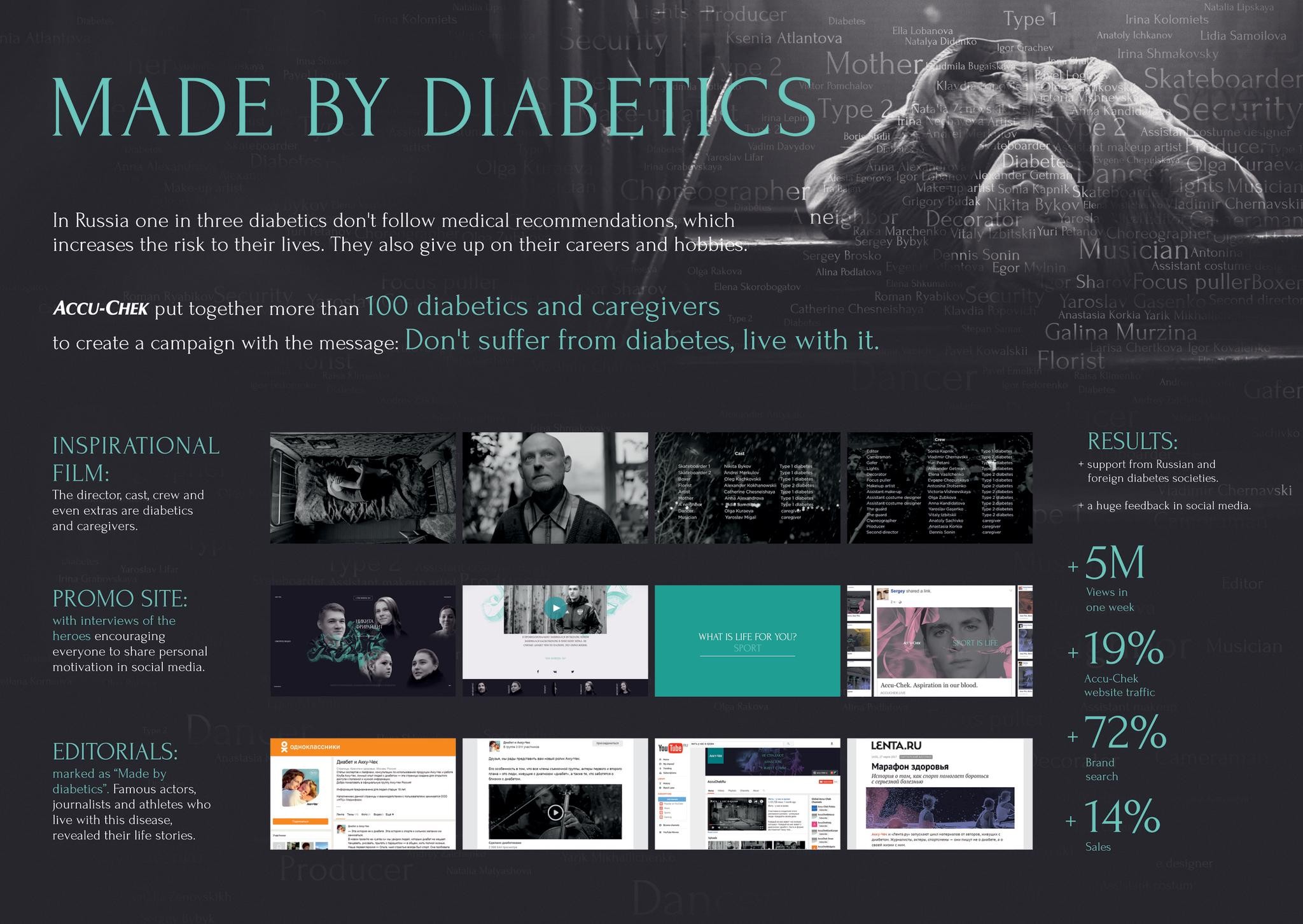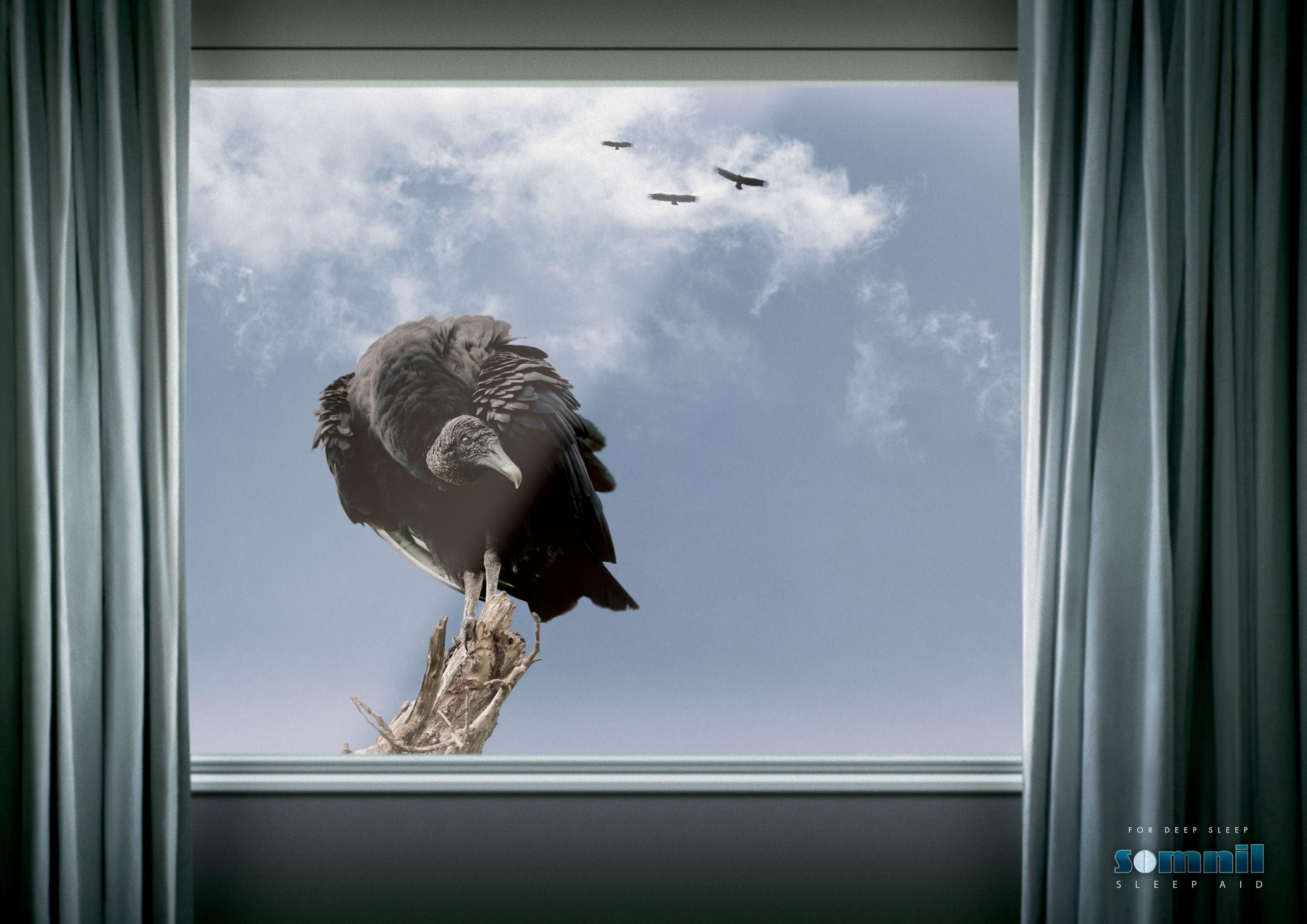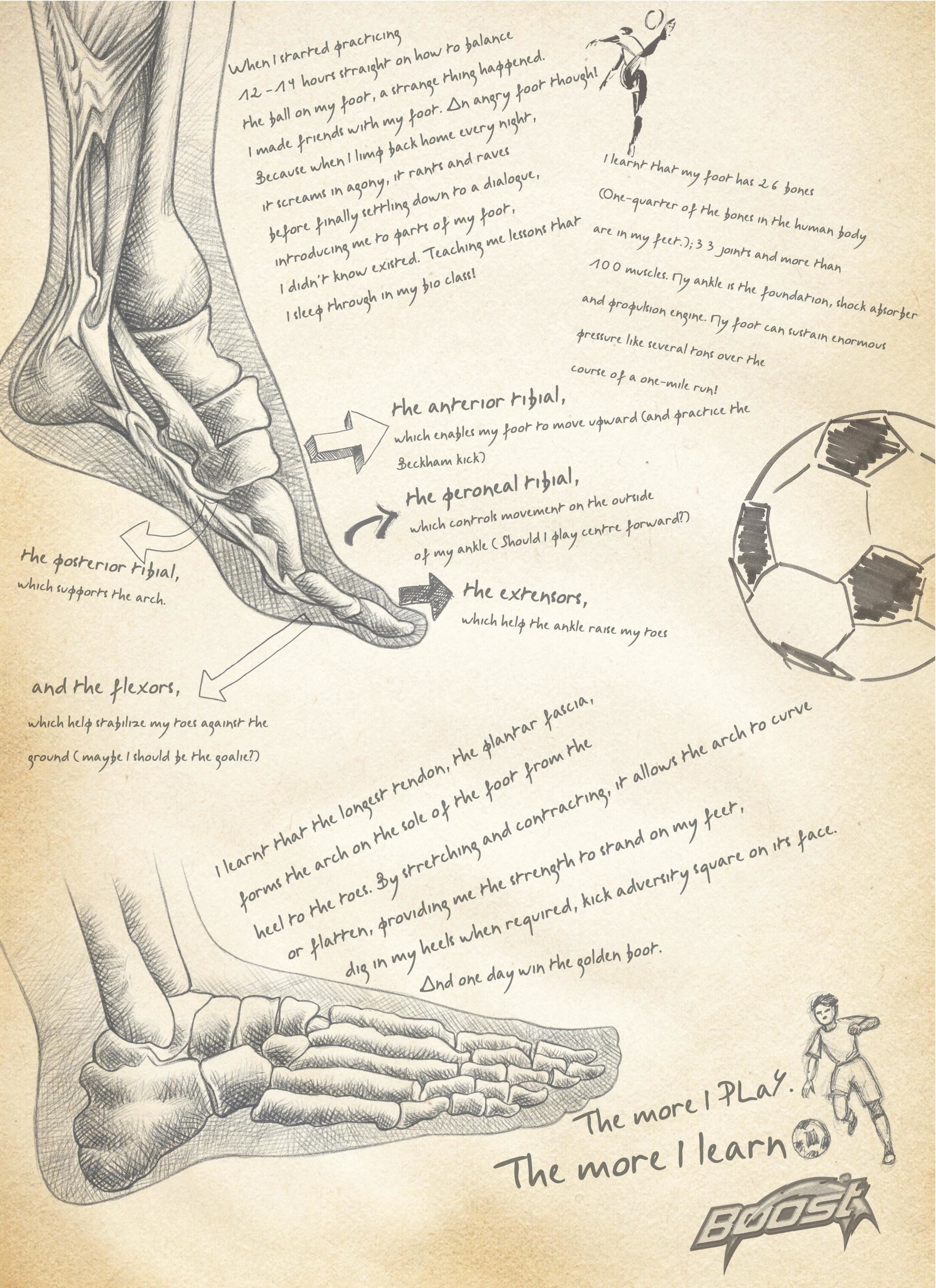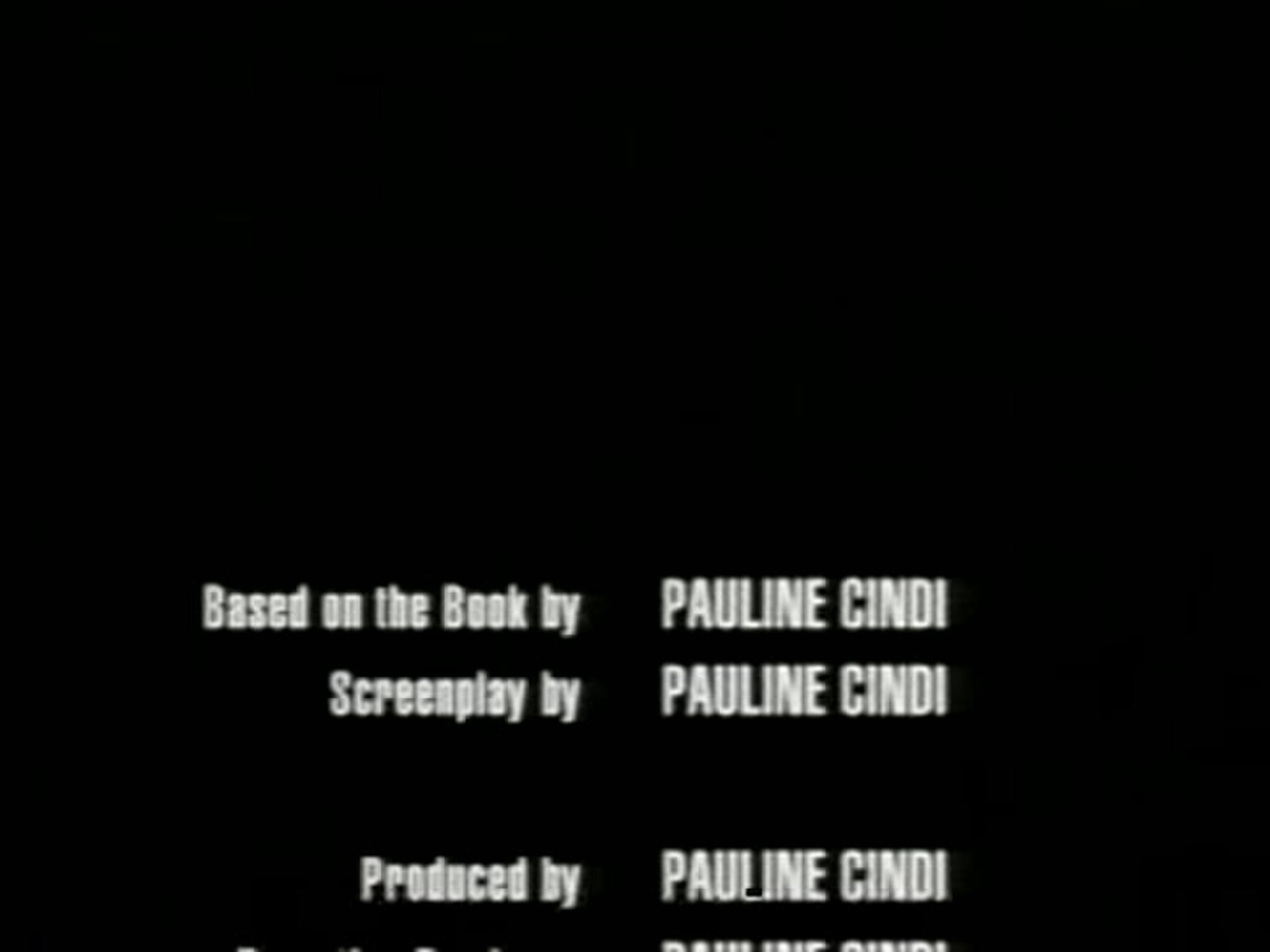Cannes Lions
Stories Of Strength
FCB INDIA , Delhi / GLAXO SMITH-KLINE / 2019

Overview
Entries
Credits
Overview
Background
An absence of physically strong women:
Ancient scriptures and stories continue to be one of the most important moral and social codes in India.
And as patriarchy dictates, male heroes in these scriptures exemplify great power and strength.
But what about stories that portray women as heroic and strong?
Simply put- there are none.
Ancient stories decided to celebrate the ‘strength’ of a man and the ‘emotional resilience’ of a woman.
And in a Hindu majority country, the political elite, pop culture and literature keep reinforcing these one-dimensional gender roles as the most ‘righteous’ and ‘Hindu’ way to be.
So, what happens when generations are raised on stories that only celebrate strong men and completely ignore a woman’s physical strength?
It makes strength a trait that only men are allowed to have.
It perpetuates the thought that being ‘fragile’ is the only way for women to be.
It disallows millions of women from building physical strength.
And because their stories were invisible, their strength became invisible…
Idea
Stories of Strength
To re-write 6500 years of stories of invisibility, into stories of celebration, we created ‘Stories of Strength’
The absence of strong women in Indian culture stops women from pursuing physical strength.
To break this vicious cycle, our idea believed that the opposite was also true: the visible and positive portrayal of strong women normalizes and inspires women to explore their physical strength.
We released 3 films, starring 3 extraordinary women who shattered the glass ceiling in every step of their lives:
1. Dr. Seema Rao- India’s first female military commando trainer
2. Uma Das Dhaki – Broke a 500-year-old tradition and became the first female dhak player. (Dhak is a traditional Indian instrument weighing ~20kilos, exclusively played by men)
3. Ratna Singh- India’s first female trained wildlife naturalist
By creating new narratives of women’s physical strength, we wanted to make the portrayal of physically strong women mainstream.
Strategy
Strategy:
1. Riding on the women’s movement:
By riding on the women’s movement and talking about the invisibility of their strength, we were able to highlight their apathy towards their own bodies.
2. Challenging the norm:
• To spark a revolution, we needed revolutionaries. Our heroes challenged the gender status quo in professions that have only seen men.
• Showing strong women in the outside world versus the traditional portrayal of women inside the home.
3. To be inspirational to regular women, we showcased real women who embody real strength.
Target Audience:
1. Being most afflicted by weak bones, we targeted 25-40-year-old women.
2. But to appeal to a wider demographic,
• Rural and Urban women
• Different native languages
• Different age groups
Making Strength Mainstream:
Ensuring a constant dissemination of our message, we tied up with women’s publications to create and integrate content around strength.
Execution
Film:
In our need to change the way India thinks of the strength in a woman’s body, we released 3 films.
Following the films, we sequentially targeted women with content about the importance of bone health and physical strength.
Influencers:
These stories were then shared by celebrities who had been shamed in the past for displaying strength, such as: Taapsee Pannu- the face of progressive Bollywood; Sania Mirza – India’s most successful female tennis player and Randeep Huda- a fierce advocate for women’s rights. Influencers endorsed this movement, leading to a groundswell amongst fans across India.
Partnerships:
To make the physical strength of women mainstream, we tied up with publications and platforms that receive a high female readership. We joined hands with Femina – the largest women’s magazine in India. And Femina pledged to create and integrate content about strength for 4 months.
Outcome
Film:
In our need to change the way India thinks of the strength in a woman’s body, we released 3 films.
Following the films, we sequentially targeted women with content about the importance of bone health and physical strength.
Influencers:
These stories were then shared by celebrities who had been shamed in the past for displaying strength, such as: Taapsee Pannu- the face of progressive Bollywood; Sania Mirza – India’s most successful female tennis player and Randeep Huda- a fierce advocate for women’s rights. Influencers endorsed this movement, leading to a groundswell amongst fans across India.
Partnerships:
To make the physical strength of women mainstream, we tied up with publications and platforms that receive a high female readership. We joined hands with Femina – the largest women’s magazine in India. And Femina pledged to create and integrate content about strength for 4 months.
Similar Campaigns
12 items







